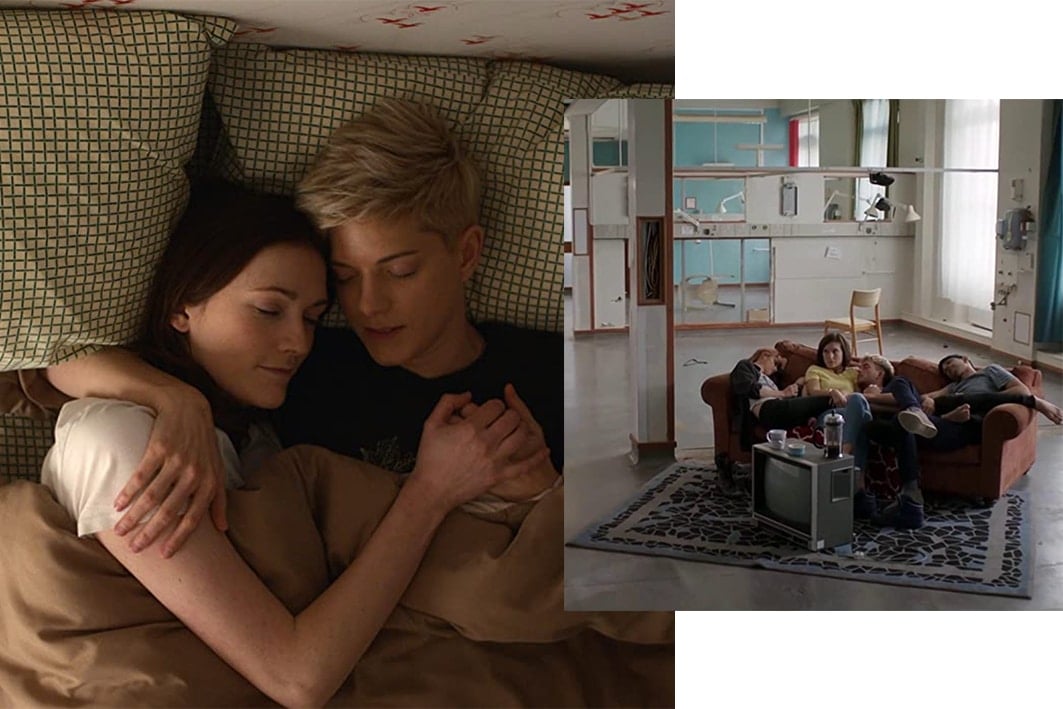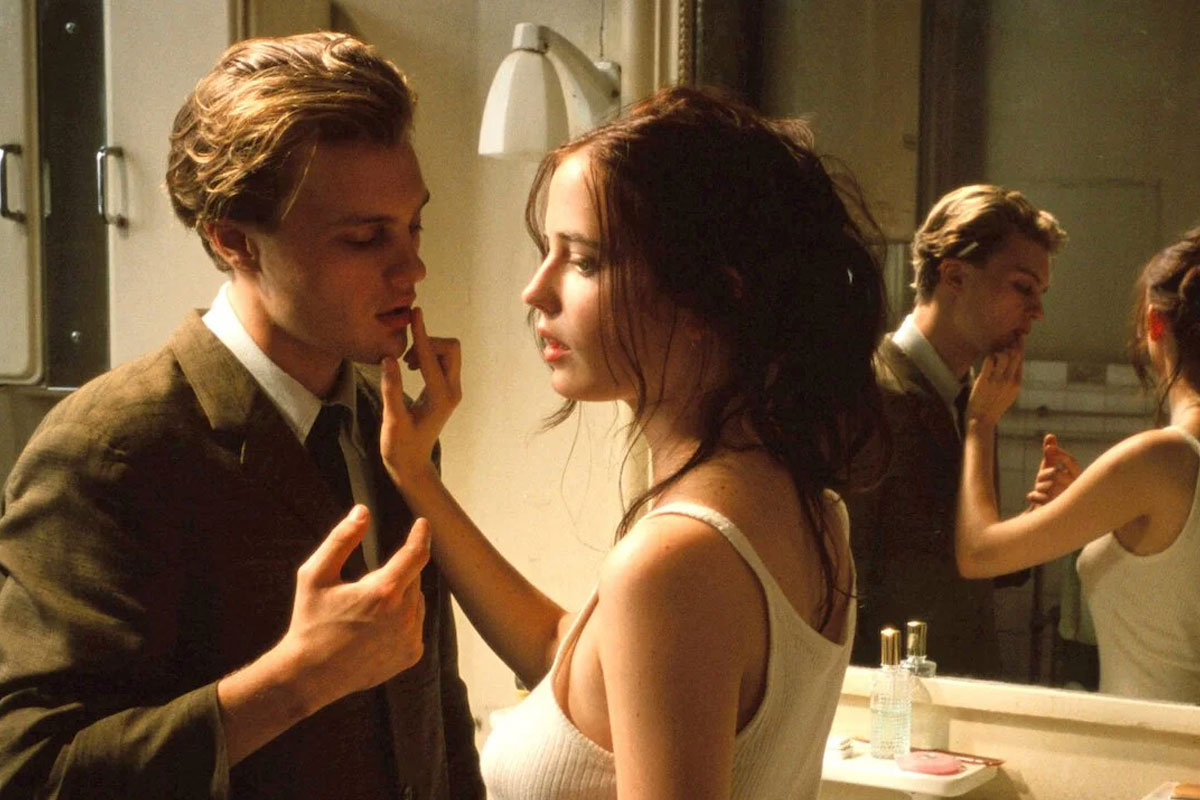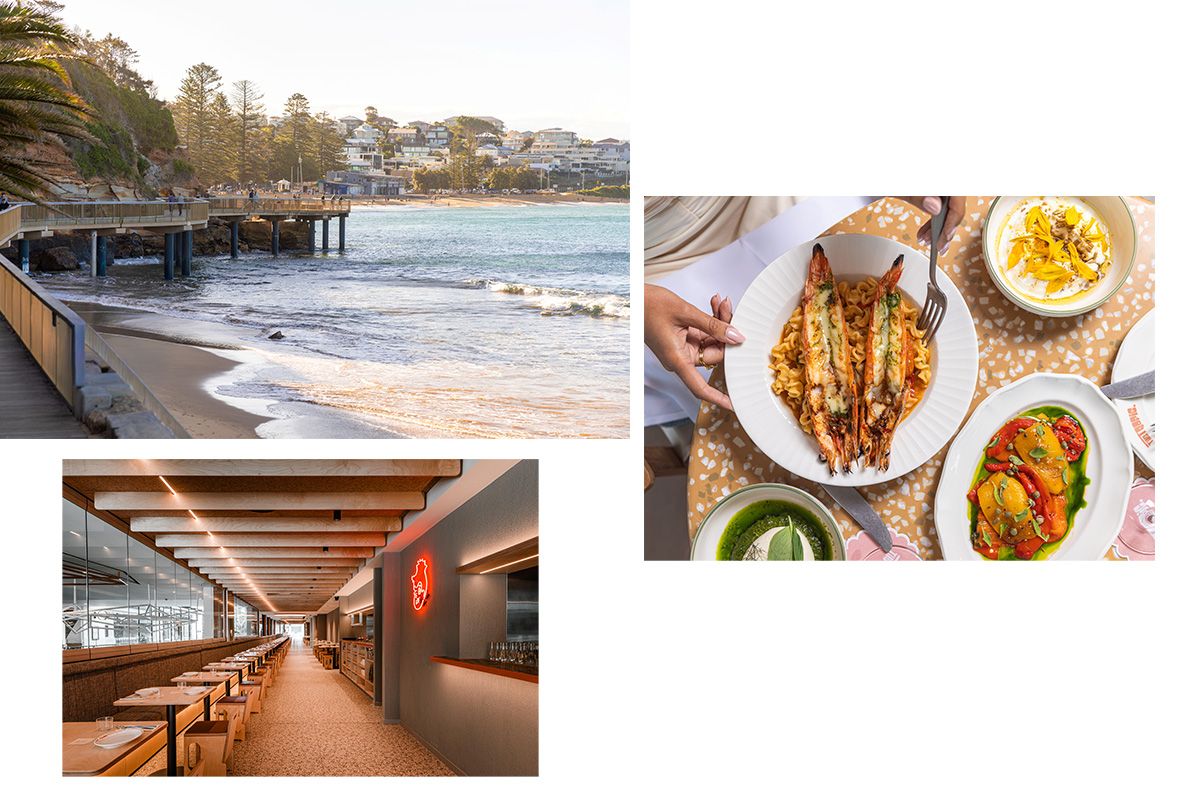
At this point, the fact that Australia's arts sector is severely underfunded and neglected is familiar to the point of being trite. You don't need to tell us. We know, and for many of us, it's a daily reality. However, after a decade of being hollowed out and fed crumbs, all of that is set to change. Under Anthony Albanese, the Labor government unveiled a new federal cultural policy on Monday, January 30 dubbed Revive that will see nearly nearly $300 million injected into the arts across a five year period.
During a media briefing held at Melbourne live music venue the Esplanade, Prime Minister Albanese announced that the Australia Council for the Arts would rebrand as Creative Australia. Along with this, Albanese described comprehensive plans for a First Nations-led body, and three additional subdivisions dedicated to Music, Literature and ensuring above board behaviour across the arts.
After the pandemic, and the way it decimated the arts, this new policy is an unexpected vote of confidence in the sector, which is worth $17 billion and employs an estimated 400,000 people. But it's not just about the numbers. “This is about our soul. This is about our identity,” said Albanese at the press conference. “It is literally through the arts that we build our identity as a nation and a people.”
So what's proposed in the new national cultural policy? From music to the visual arts, below we're breaking down some of the changes we can expect across different industries.
in depth analysis of funding during the annual budget
Industry watchdog
One of the four subdivisions Revive will establish is the Centre for Arts and Entertainment Workplaces. It will act as a watchdog, and will oversee issues like fair pay and remuneration for artists, workplace safety and welfare, and will be responsible for developing codes of conduct for the sector. Part of its responsibilities also includes setting minimum pay standards for performers contracts by the government at events and implementing all 55 recommendations of the Respect@Work report.
Out of all the policy changes, this one has been enthusiastically received across all industries including music circles, where recent studies around mental health and sexual harassment unearthed confronting results.
First Nations-led policy
Another promising proposal embedded in Revive is the government's desire to centre First Nations voices and storytelling, placing First Nations art and culture as the first pillar in the new cultural roadmap. "Just as we can learn about caring for our country, for our land and our waterways, from those who looked after this island continent for 65,000 years at least, we can learn as well from the way that they told their stories," Albanese says.
A key focus will be on legislation to protect First Nations knowledge and cultural expressions, where we will see a particular emphasis on cracking down on fake art and an investment in the creation of large-scale Aboriginal and Torres Strait Islander works. A First Nations-led board will also advise on a national rollout of First Nations language and cultural knowledge across 60 primary schools, along with developing a national action plan to preserve First Nations languages.
In terms of institutions, $80m has been pledged towards the construction of National Aboriginal Art Gallery in Alice Springs and $50m in partnership with the Western Australian government to establish an Aboriginal Cultural Centre in Perth.
Literature
Australian literature will also receive its own dedicated body entitled Writers Australia. Plans for this include the creation of a National Poet Laureate, which along with Prime Minister's Literary Awards will be selected by Creative Australia instead of the Prime Minister's office. Writers Australia will commit to delivering a state culture report every three years and a rollout of $12.9 million will be put towards extending lending rights to writers for audio and ebook loans which is expected to boost writer earnings by as much as 20%.
Music
Similarly to Australian literature, the music industry will be represented through Music Australia, with $69.4 million intended for the sector across a four year period.
Film and theatre
When it comes to Australian film, Federal Arts Minister Tony Burke has resolved to enforce a quota system on streaming companies such as Netflix, Disney, Amazon and Apple TV to dedicate a minimum percentage of spending on Australian content. As it stands, no figure has yet been decided upon although the industry is pushing for 20%. According to a Labor spokesperson, the final percentage will be determined over the next six months and will be legislated by the end of 2023 in order for it to come into effect no later than July 1, 2024.
Visual Arts
Minister Tony Burke also unveiled plans to increase activity in regional arts and culture by raising the regional arts fund by $8.5 million. The National Gallery of Australia's extensive art collection will be removed from storage and dispersed across regional galleries and museums enabled by funding support of $11 million. On top of this, Creative Australia will revive the digital games scheme with tax incentives in order to stake out a more competitive place for Australian in the $250 billion global digital games market.



